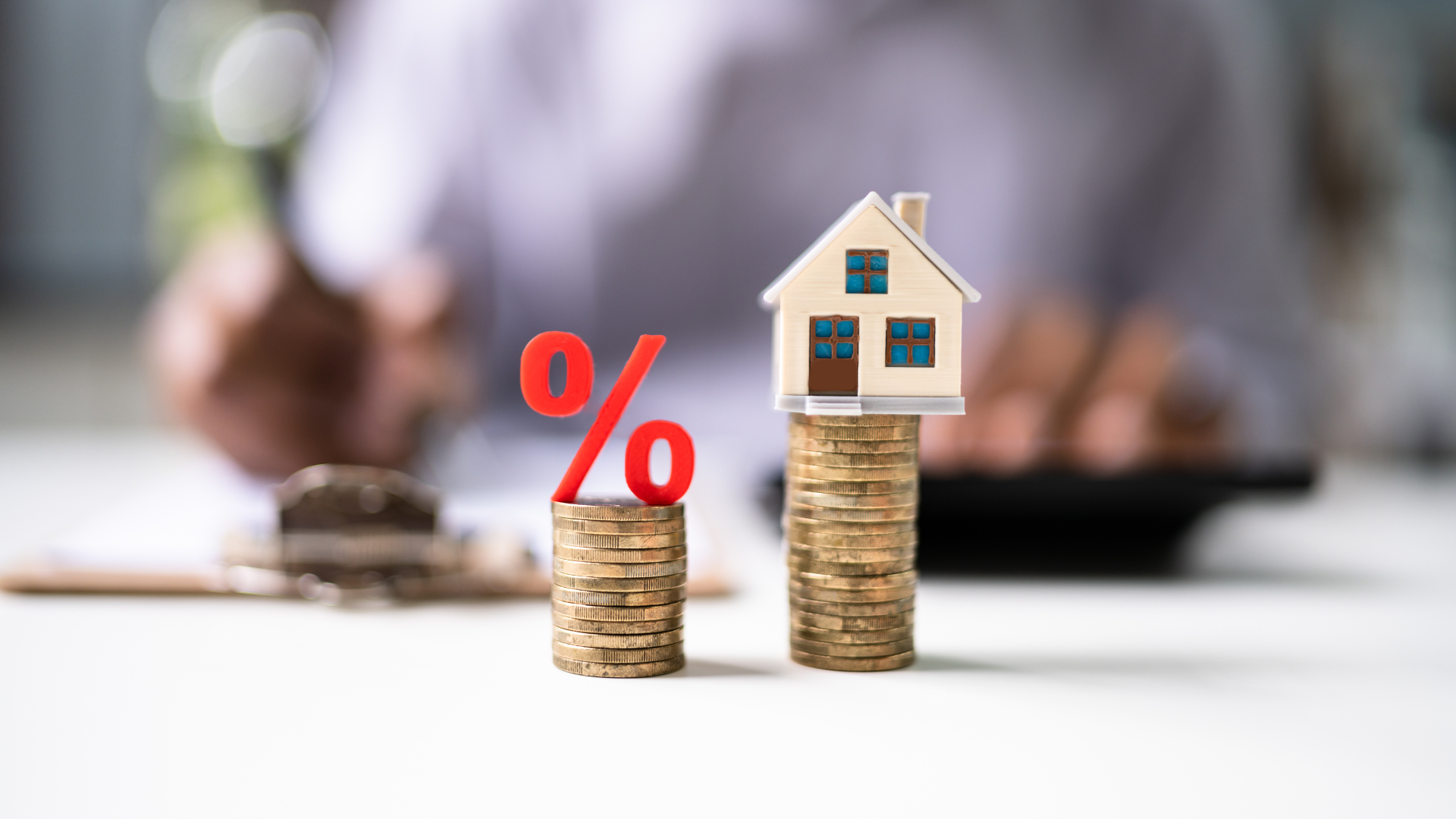Blog
Understanding Temporary Rate Buydowns: Smart Mortgage Strategies

April 8, 2025
Welcome to part two of our All About Interest Rates series. In this installment, we’re taking a closer look at temporary interest rate buydowns—a powerful mortgage strategy that can help homebuyers manage their monthly payments more effectively during the early years of homeownership.
If you're exploring ways to lower your initial mortgage payments or looking into new construction homes offering financing incentives, understanding temporary buydowns could help you make a more informed decision.
What Is a Temporary Rate Buydown?
A temporary rate buydown is a mortgage financing tool that reduces your interest rate for the first one, two, or even three years of your loan. The goal is to ease you into your full mortgage payment gradually, making the transition to homeownership more affordable in the short term.
Two common types of temporary buydowns include the 2-1 buydown and the 3-2-1 buydown. While the specific terms may vary, the core concept remains the same: you start with a lower interest rate and smaller monthly payment, which then increases each year until it reaches the full market rate.

How a 2-1 Buydown Works
A 2-1 buydown lowers the interest rate on your mortgage by:
• 2% in the first year
• 1% in the second year
• Then returns to the full market rate in year three and remains fixed for the remainder of the loan
This structure provides immediate relief in the early stages of the mortgage and gives homeowners time to grow their income or prepare for the full payment.
Real-World Example of a 2-1 Buydown
To better understand the benefits, let’s consider a scenario:
• Home price: $450,000
• Down payment: 5%
• Market interest rate: 6.8%
• Loan term: 30 years
With no buydown, the principal and interest payment would be approximately $2,787 per month.
With a 2-1 buydown:
• Year 1 at 4.8%: Monthly payment is $2,243
• Year 2 at 5.8%: Monthly payment is $2,588
• Year 3 and beyond at 6.8%: Monthly payment returns to $2,787
This strategy could save buyers over $6,000 in the first year alone. It provides financial breathing room during the early stages of homeownership, which is especially helpful when budgeting for furniture, moving costs, or unexpected expenses.
Who Pays for the Temporary Buydown?
In most cases, especially in new construction or builder-incentivized sales, the home builder pays for the buydown as part of their closing cost assistance or promotional offer. That means the buyer enjoys the monthly savings without paying additional fees up front.
Temporary buydowns are often offered on inventory homes—move-in ready homes that are already completed and may have existing price reductions. Combining the lowered price with a temporary rate buydown can significantly increase your purchasing power and short-term affordability.

Important Considerations
While a temporary rate buydown can offer substantial early savings, it’s important to remember that the monthly payment will increase after the initial years. You must qualify for the full loan amount based on the final market rate, even though your first year’s payment will be lower.
When comparing mortgage offers, be sure to ask:
• Is the rate buydown temporary or permanent?
• How long will the reduced rate last?
• What will my payment be when the rate adjusts?
Understanding the structure of your mortgage from day one ensures you’re prepared for the future and making the best financial choice for your long-term goals.

Temporary rate buydowns can be a smart solution in today’s higher interest rate environment. They allow qualified buyers to enjoy reduced payments early on, while still locking in a predictable fixed-rate mortgage. This strategy is especially beneficial when purchasing new construction homes where builders may offer additional incentives.
Ready to learn more? Call us today at (407) 214-3860 to ask about our exclusive rate buydown program and explore our beautiful selection of new homes across our communities. Our team is here to walk you through your options and help you find the home—and financing—that fits your lifestyle.




